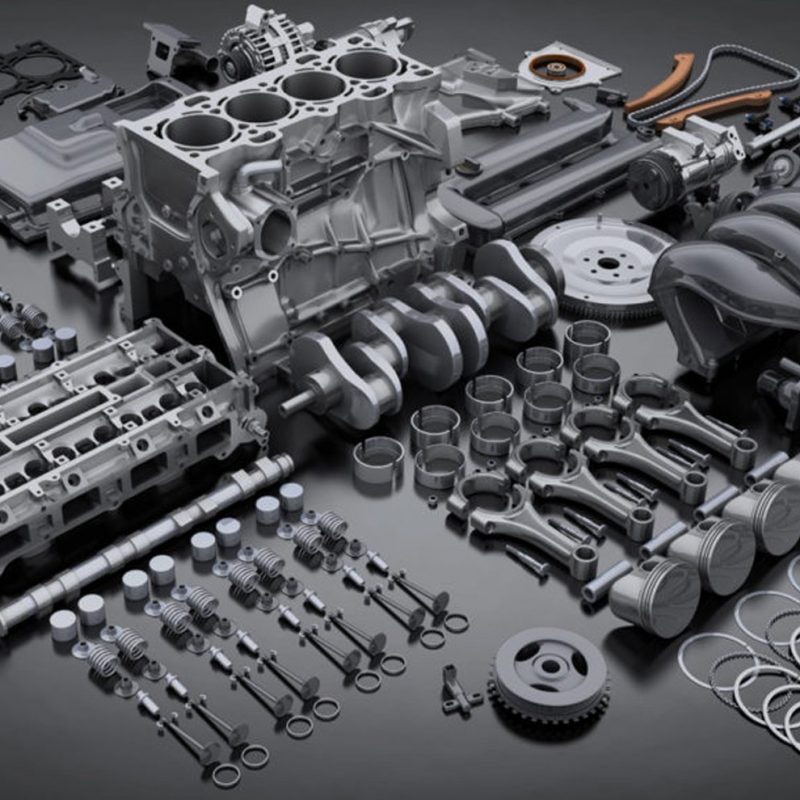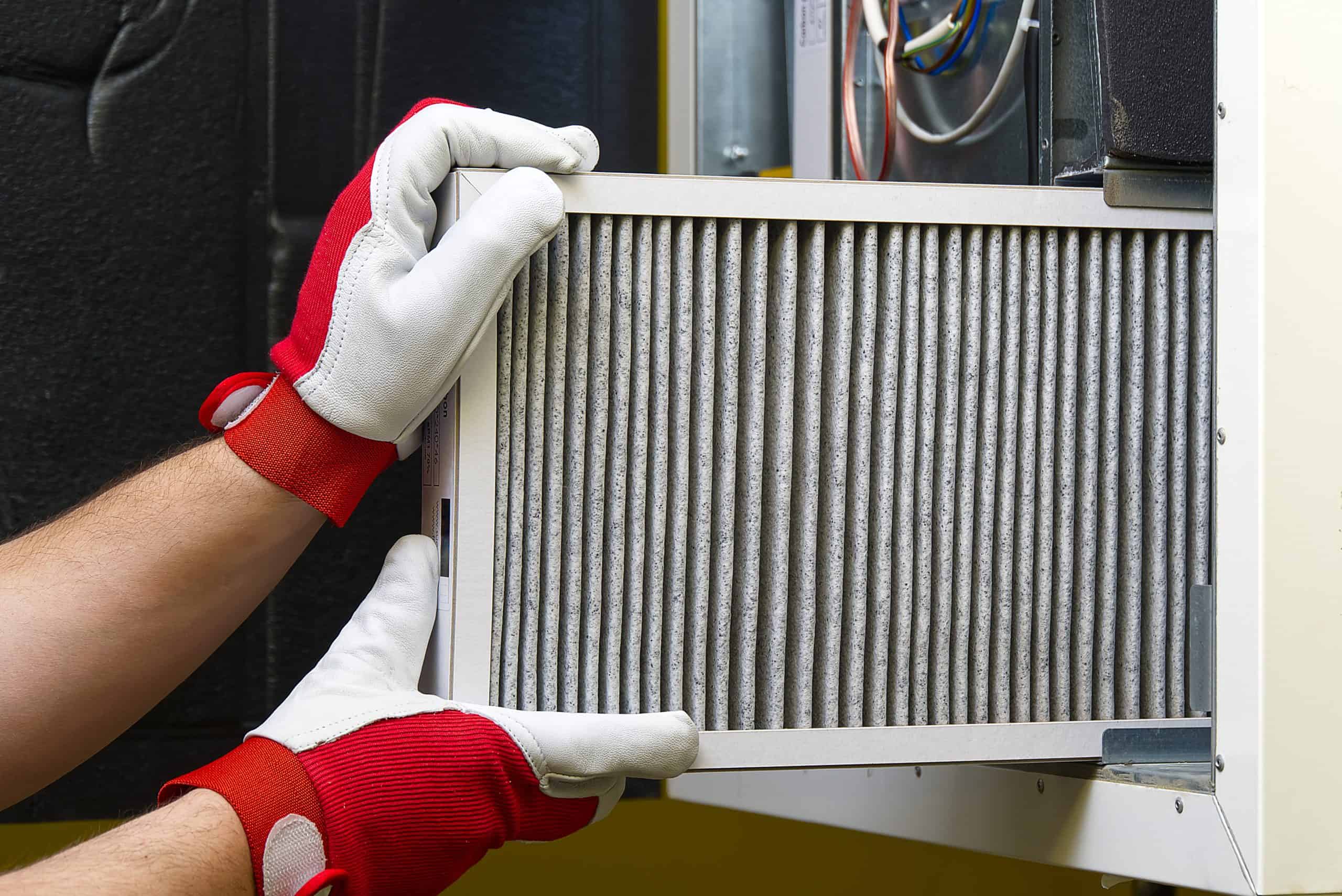Spare Parts Management: Best Practices and Techniques
Spare Parts Management: Best Practices and Techniques
I. Introduction
A. Explanation of spare parts management
Spare parts management is the process of managing and tracking the supply, storage, and distribution of spare parts. This includes maintaining accurate inventory levels, identifying reliable suppliers, and properly storing and handling spare parts to prevent damage.
B. Importance of spare parts management
Effective spare parts management is crucial for maintaining the smooth operation of equipment and machinery. Properly managing spare parts can help prevent equipment downtime, reduce maintenance costs, and improve overall efficiency. Additionally, having the right spare parts on hand can help minimize the impact of unexpected equipment failures and keep production running smoothly.
II. Best Practices
A. Inventory management
- Importance of accurate inventory levels
- Accurate inventory levels are essential for effective spare parts management. Having too many spare parts can lead to waste, while not having enough can lead to equipment downtime. Maintaining accurate inventory levels helps ensure that the right parts are available when needed, while also reducing costs associated with storing and managing excess parts.
- Techniques for maintaining accurate inventory levels
- There are several techniques that can be used to maintain accurate inventory levels, such as:
- Regularly reviewing and updating inventory records
- Using inventory management software to automate inventory tracking
- Implementing a first-in, first-out (FIFO) system to ensure that older parts are used before they expire
- Performing regular physical inventory counts to ensure that records match actual inventory levels.
B. Procurement
- Identifying reliable suppliers
- Identifying reliable suppliers is an important aspect of spare parts management. Reliable suppliers can help ensure that parts are delivered on time and meet quality standards. This can be done by researching supplier reputation, visiting supplier facilities, and getting references from other companies.
- Negotiating favorable terms
- Negotiating favorable terms with suppliers can help reduce costs associated with spare parts procurement. This can include negotiating bulk discounts, longer payment terms, or consignment agreements where the supplier is responsible for maintaining inventory levels.
C. Storage and handling
- Proper storage and handling to prevent damage
- Proper storage and handling can help prevent damage to spare parts, which can lead to equipment downtime. This includes storing parts in a clean, dry environment, protecting parts from extreme temperatures and humidity, and handling parts with care to prevent damage.
- Techniques for organizing and labeling spare parts
- Proper organization and labeling of spare parts can help improve efficiency by making it easy to find and identify parts. Techniques for organizing and labeling spare parts include:
- Using bins, racks, or shelving to separate and organize parts
- Labeling parts with clear, easy-to-read labels
- Using color coding or other visual cues to quickly identify parts
- Creating an electronic spare parts catalog to make it easy to find and order parts.
III. Techniques
A. Predictive maintenance
- Explanation of predictive maintenance
- Predictive maintenance is a technique that uses data and analytics to predict when equipment is likely to fail, so that maintenance can be scheduled in advance. This can help improve spare parts management by identifying which parts are most likely to be needed and when, so that they can be ordered and ready when needed.
- How it can improve spare parts management
- Predictive maintenance can improve spare parts management in several ways, such as:
- Reducing downtime by identifying and addressing potential equipment failures before they occur
- Improving inventory management by identifying which parts are most likely to be needed
- Lowering maintenance costs by scheduling maintenance at the most efficient times
- Improving equipment performance by identifying and addressing problems early.
B. Kanban systems
- Explanation of kanban systems
- Kanban systems are a technique used to manage inventory and production processes. This system uses visual cues, such as cards or signals, to indicate when a part is needed and when it has been received. This helps to ensure that inventory levels are always accurate and that parts are available when needed.
- How it can be used for spare parts management
- Kanban systems can be used for spare parts management in several ways, such as:
- Indicating when parts are low and need to be replenished
- Providing a visual cue that a part has been received and is ready to be used
- Improving efficiency by ensuring that parts are always available when needed
- Helping to reduce the amount of excess inventory by only ordering what is needed.
C. Electronic spare parts catalogs
- Explanation of electronic spare parts catalogs
- An electronic spare parts catalog is a digital version of a traditional paper catalog that lists all spare parts that are available for a particular piece of equipment or machinery. This catalog can be accessed electronically and allows users to easily search and order spare parts.
- Benefits of using electronic catalogs for spare parts management
- Using electronic catalogs for spare parts management can provide several benefits such as:
- Improving efficiency by providing easy access to information about spare parts
- Reducing the time and effort required to search for and order parts
- Providing real-time information about the availability of parts
- Helping to reduce errors by providing accurate and up-to-date information about parts.
IV. Conclusion
A. Summary of best practices and techniques
In this blog post, we have discussed several best practices and techniques for effective spare parts management. These include maintaining accurate inventory levels, identifying reliable suppliers, and properly storing and handling spare parts. We also discussed techniques such as predictive maintenance, kanban systems, and electronic spare parts catalogs, which can help improve spare parts management.
B. Future developments in spare parts management
As technology continues to evolve, we can expect to see new developments in spare parts management. For example, the use of artificial intelligence and machine learning to predict equipment failures and optimize inventory levels. Additionally, we can expect to see more companies transitioning to digital tools and automation to improve efficiency and reduce errors.
C. Resources for further information
If you would like to learn more about spare parts management and how to improve your organization’s processes, there are several resources available. These include books, articles, and online courses on the subject. Additionally, consulting with experts in the field can also be helpful in developing a spare parts management strategy that is tailored to the specific needs of your organization.








